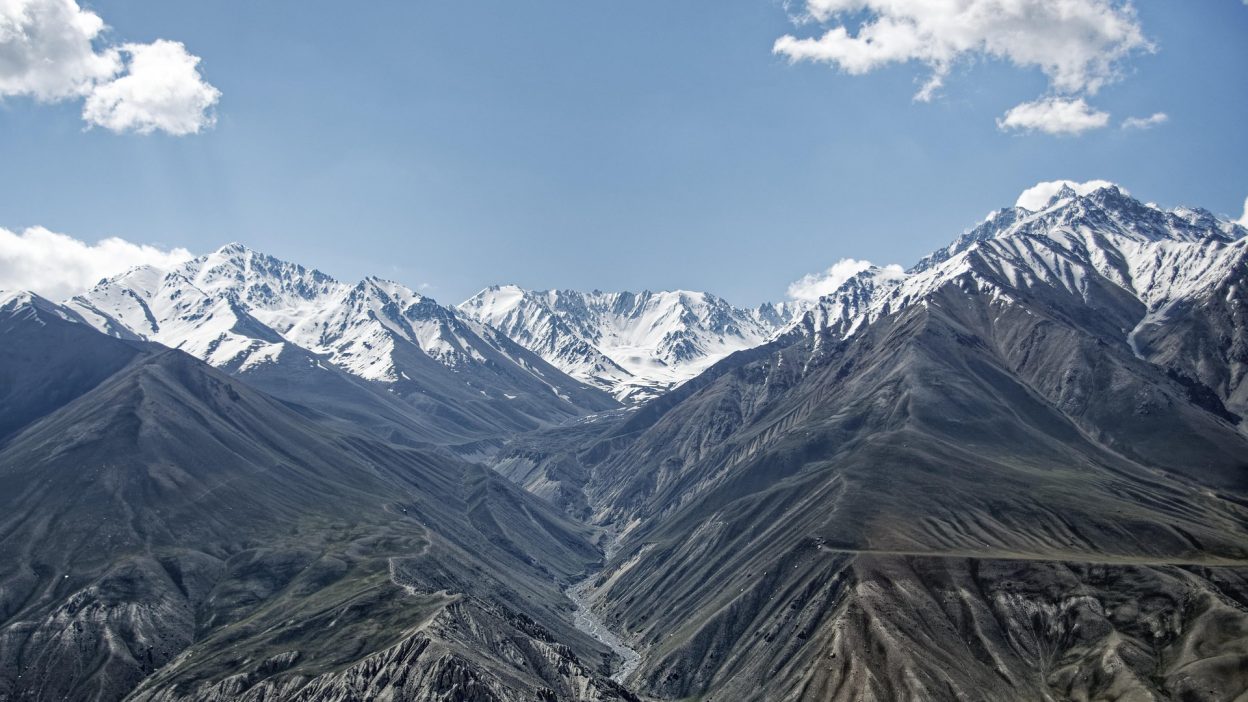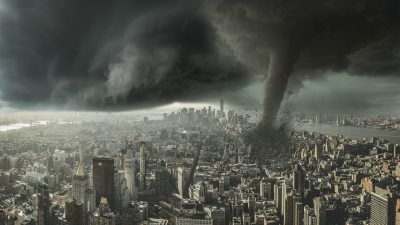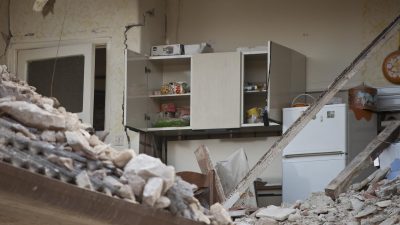Afghanistan’s Devastation Unveiled
1. A Catastrophe from the Depths: The Twin Earthquakes of 2002
The 2002 Hindu Kush earthquakes struck Afghanistan with relentless force, shaking the mountainous region and leaving destruction in their wake. The first tremor, measuring 7.4 on the Richter scale, occurred on March 3rd, 2002, followed by a second significant shock of 6.1 magnitude on March 25th. These quakes originated deep within the Hindu Kush mountain range, an area notorious for seismic activity due to the collision of the Indian and Eurasian tectonic plates.
The quakes not only shattered homes and infrastructure but also instilled fear and panic in a war-torn country already struggling with instability. Afghanistan, still reeling from years of conflict, found itself grappling with another humanitarian crisis as the ground beneath it trembled violently.
2. Why Did the Hindu Kush Tremble? Understanding the Seismic Nightmare
Afghanistan’s Hindu Kush region is one of the most seismically active zones in the world, where deep earthquakes frequently occur due to subduction of the Indian Plate beneath the Eurasian Plate. This geological process leads to massive stress build-ups, which, when released, result in devastating earthquakes.
The March 3rd earthquake had an epicentre near the Badakhshan province, at a depth of nearly 225 kilometres (140 miles), making it a deep-focus earthquake. The March 25th quake, however, struck at a shallower depth, causing more destruction on the surface. Despite their remoteness, these earthquakes had a widespread impact, even shaking neighbouring Pakistan, India, Tajikistan, and Uzbekistan.
Seismologists have long warned that the Hindu Kush region is prone to frequent tremors, yet Afghanistan’s limited infrastructure and preparedness meant the country suffered immensely from these quakes.
3. The Grim Toll: Death, Injuries, and the Scale of Devastation
- Lives Lost: The earthquakes together killed more than 1,100 people, with the March 25th quake being the deadlier of the two, accounting for most of the casualties.
- Injuries: Over 4,000 people were injured, many critically, as homes collapsed and debris buried survivors under rubble.
- Homelessness Crisis: More than 20,000 homes were destroyed or severely damaged, leaving thousands without shelter.
- Infrastructure Damage: Roads, bridges, and essential buildings such as hospitals and schools were reduced to ruins, further destabilising the region.
- Landslides and Aftershocks: The earthquakes triggered massive landslides, cutting off remote villages from aid and blocking essential supply routes. Continuous aftershocks made rescue efforts even more perilous.
4. A Nation in Crisis: The Humanitarian Fallout
The disaster struck one of the world’s poorest countries, where the effects of war, drought, and political instability had already left millions in despair. The earthquake displaced tens of thousands of people, forcing them to seek shelter in makeshift camps, often with inadequate food, water, and medical supplies.
With Afghanistan’s healthcare system in shambles, the injured received delayed medical treatment, leading to avoidable deaths and permanent disabilities. Many survivors were left to dig through rubble with their bare hands, searching for loved ones. Meanwhile, women and children, already vulnerable due to social and economic instability, bore the brunt of the crisis.
5. International Aid: A Slow and Insufficient Response
Despite the global outcry, the international response was sluggish, hampered by Afghanistan’s difficult geography and ongoing security concerns. The United Nations, Red Cross, and several NGOs stepped in, but logistical challenges made it difficult to reach those in need.
Countries like the United States, Germany, and Iran provided financial aid, while Pakistan and India sent relief supplies. However, the aid was often too little, too late. Bureaucratic delays, lack of coordination, and security concerns further slowed down efforts, leaving many survivors without immediate help.
6. Afghanistan’s Fragile Infrastructure: A Recipe for Disaster
One of the biggest reasons for the high casualties was Afghanistan’s weak infrastructure. Many buildings were constructed using mud bricks and unreinforced materials, which collapsed easily under the force of the earthquakes.
In urban areas, poorly planned settlements, lack of engineering oversight, and absence of earthquake-resistant designs worsened the devastation. Roads and communication networks were quickly rendered useless, preventing timely aid distribution. Decades of war had already weakened Afghanistan’s economy, and the earthquake only deepened the crisis, pushing more people into extreme poverty.
7. Eyewitness Accounts: The Voices of Suffering
- Mohammad, a survivor from Nahrin: “We were sleeping when the ground roared. The house crumbled, and I barely escaped with my children. My wife was trapped under the debris for hours before help arrived.”
- A local doctor in Baghlan: “We had no electricity, no medical supplies. People were brought in with broken limbs, bleeding wounds, and all we could do was offer basic first aid.”
- Aid Worker from Red Cross: “It was heartbreaking. Entire villages wiped out, families left homeless, and aid struggling to reach them due to blocked roads.”
8. Lessons Unlearnt: Why Afghanistan Remains Vulnerable
The 2002 Hindu Kush earthquakes were not the first deadly quakes to hit Afghanistan, yet the country remains woefully unprepared for future disasters. There is a dire need for:
- Stronger Building Regulations: Without earthquake-resistant construction, future quakes will continue to cause mass casualties.
- Improved Disaster Response: Afghanistan needs faster emergency response systems with better coordination.
- Investment in Infrastructure: Roads, bridges, and hospitals need earthquake-resistant designs to prevent total collapses.
- Public Awareness and Training: Teaching people how to react during an earthquake could save thousands of lives.
- Increased International Support: More funding and commitment from the global community could help Afghanistan build a resilient disaster management system.
9. Could This Happen Again? The Looming Threat
Seismologists warn that the Hindu Kush region remains a ticking time bomb. With no significant improvements in infrastructure, future earthquakes could be even more devastating. Studies suggest that a major earthquake above 7.5 magnitude could strike Afghanistan in the near future, potentially killing thousands more.
Without urgent action, history is bound to repeat itself. Afghanistan’s geological fate is unavoidable, but its preparedness can make all the difference.
10. Conclusion: A Disaster Afghanistan Could Not Afford
The 2002 Hindu Kush earthquakes added another layer of suffering to an already fragile Afghanistan. The loss of lives, destruction of homes, and slow response highlighted the country’s unpreparedness for natural disasters.
As the world watches, Afghanistan remains vulnerable, waiting for another inevitable catastrophe. Unless serious reforms are made, the next earthquake may bring an even greater human toll.
FAQs
1. How many people died in the 2002 Hindu Kush earthquakes?
More than 1,100 people lost their lives, with most casualties occurring in the March 25th earthquake.
2. What was the magnitude of the earthquakes?
The first earthquake on March 3rd had a magnitude of 7.4, while the second, deadlier quake on March 25th measured 6.1.
3. Why is the Hindu Kush region prone to earthquakes?
The Hindu Kush sits at the collision zone of the Indian and Eurasian plates, making it one of the world’s most seismically active regions.
4. What were the biggest challenges after the earthquake?
Delayed aid, poor infrastructure, and lack of medical facilities left many survivors without immediate help.5. Can another earthquake hit Afghanistan soon?
Yes, experts warn that large earthquakes are likely to strike again, given the ongoing tectonic activity in the region.




